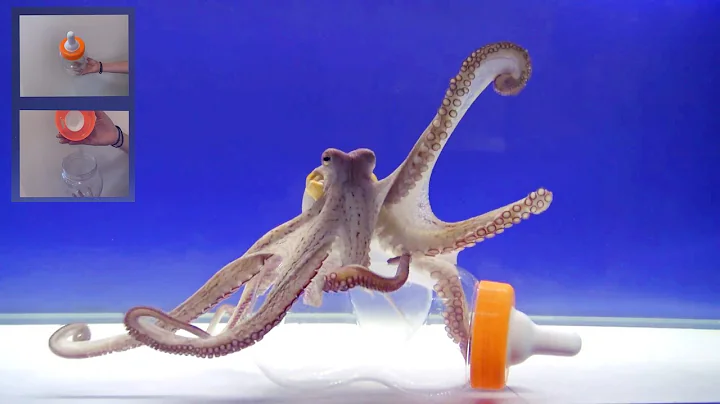
New research has discovered an important molecular analog that may explain the remarkable intelligence of these fascinating invertebrates. A special organism with an extremely complex brain and cognitive abilities make the octopus very unique among invertebrates. So much so that it is more similar to vertebrates than invertebrates in several ways.
The neurological and cognitive complexity of these animals may stem from molecular similarities to the human brain, as a recent research paper published in BMC Biology found.
The study shows that the same "jumping gene" is active in the human brain and in the brains of two species, the common octopus Octopus vulgaris and the California octopus Octopus biMaculoides. The discovery could help people understand the secrets of the intelligence of these remarkable organisms.
As early as 2001, human genome sequencing revealed that more than 45% of the genome is composed of sequences known as the transposon , so-called "jumping genes" that are copied and pasted or cut and pasted by the molecule Mechanisms can "move" from one point in an individual's genome to another and be shuffled or copied.
In most cases, these moving elements remain silent: they have no noticeable impact and have lost the ability to move. Some are inactive because they have accumulated mutations over generations; others are intact but blocked by cellular defense mechanisms. From an evolutionary perspective, even these fragmented and broken copies of transposons are still useful as "raw materials" that evolution can sculpt.
Among these mobile elements, the most relevant are those belonging to the LINE (long interspaced nuclear element) family, which are found in 100 copies in the human genome and are still potentially active. Traditionally, LINE activity was thought to be a relic of the past, a remnant of evolutionary processes involving these mobile elements, but new evidence has emerged in recent years that their activity is finely regulated in the brain. Many scientists believe that LINE transposons are related to cognitive abilities such as learning and memory: they are particularly active in the hippocampus , which is the most important structure in our brains for neural control of the learning process.
The octopus's genome, like ours, is rich in "jumping genes," most of which are inactive. Focusing on transposons that can still copy and paste, the researchers discovered an element of the LINE family in a part of the brain critical to these animals' cognitive abilities.
researcher Remo Sanges, who started working on this project when he was a researcher at the Stazione Zoologica Anton Dohrn of Naples, points out that the discovery of a LINE family element active in the brains of two octopus species is important because it provides the basis for these This is supported by the idea that elements have specific functions beyond copying and pasting.
"I literally jumped on my chair when I saw under the microscope a very strong signal of activity of this element in the vertical lobe, the brain structure of the octopus that is home to learning and cognitive abilities," he said. Like the human hippocampus," researcher Giovanna Ponte told reporters.
According to Giuseppe Petrosino of the Anton Dohrn Institute of Zoology and Stefano Gustincich of the Italian Institute of Technology - "This similarity between humans and octopuses shows the activity of LINE elements where cognitive abilities are located, which can be interpreted as A fascinating example of convergent evolution , a phenomenon in which the same molecular processes develop independently in response to similar needs in two genetically distant species. "
" Octopus brains are functionally similar to those of mammals. The brains of animals share many similarities," says Graziano Fiorito, Director of the Department of Biology and Evolution of Marine Biology at the Anton Dohrn Center for Animal Research. "For this reason, the identified LINE element also represents a very interesting candidate that could Study it to improve our understanding of the evolution of intelligence"
.




















